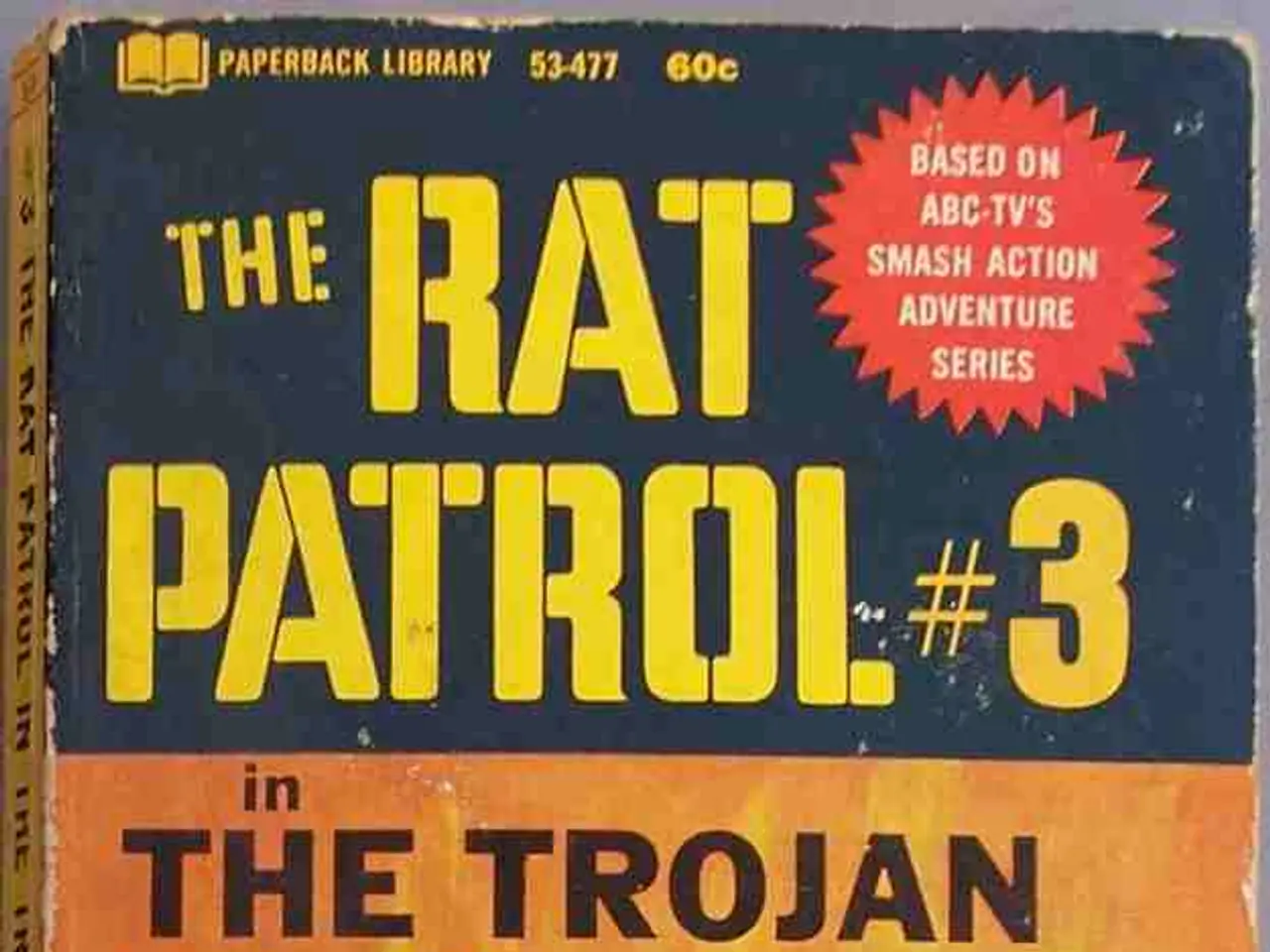Web3 Concept Remains Vague and Unrealized, Bearing Little Connection to the Modern Web's Functionality
In an overview by Tim Sloane, VP of Payments Innovation at Mercator Advisory Group, we delve into the intricate world of Web 3.0 - a vision for the internet where data security and privacy are assured for financial, personal, and business data using Distributed Ledger Technology (DLT) and blockchain.
The web as we know it, Web 2.0, is built on global interoperability, thanks to rigorously defined and tested standards. However, it is dominated by multinational behemoths that amass large amounts of user data. In contrast, Web 3.0 offers a decentralized approach, eliminating the need for a central authority or intermediary, as data ownership and control are shifted to the blockchain's ledger.
Web 3.0's interoperability functions extend beyond blockchain technology. While many open-source solutions are derived from open-source communities, they may not necessarily align with the IETF's Trust Legal Provisions (TLP). Instead, Web 3.0's higher-level functionalities build on a combination of existing IETF RFCs (TLS, URI, JSON), W3C specifications (DID, WoT), and other interoperability frameworks.
Secure Transport, URI Syntax, JSON Serialization, Media Types, Decentralized Identity, Semantic Metadata & IoT are some of the key RFCs and specifications that enable the interoperable, secure, and semantically rich functions envisioned for Web 3.0.
- Secure Transport: RFC 8446 (TLS 1.3) secures client/server communications over the Internet.
- URI Syntax: RFC 3986 defines the structure of Uniform Resource Identifiers (URIs).
- JSON Serialization: RFC 8259 outlines the JSON data format.
- Media Types: RFC 2046 specifies content type.
- Decentralized Identity: The W3C DID Resolution (v0.3) addresses interoperable decentralized identifiers, referencing RFC 3986 for resolving service endpoints and versioning.
- Semantic Metadata & IoT: The W3C WoT Thing Description (2.0) uses JSON-LD for semantic extension, enabling rich, machine-readable metadata describing things and their interactions across networks.
These RFCs and specifications support protocols and specifications that underpin decentralized identity, semantic interoperability, secure transport, and metadata descriptions, paving the way for the interoperable Web 3.0.
However, it's important to note that Web 3.0 is still a concept that is currently being promoted. While some industries and areas are already showing signs of potential disruption and seismic shifts in their value chains, many areas of application are still to be explored and understood. The impact of web3 on individual industries and societies is an open question and ongoing work.
In the realm of finance, blockchains, cryptocurrencies, Ethereum, smart contracts, and Non-Fungible Tokens (NFTs) are already experiencing disruptions. As Web 3.0 continues to evolve, it's exciting to imagine the potential it holds for reshaping our digital landscape.
Despite the emergence of web3 services, concerns about the potential misalignment of open-source solutions with the IETF's Trust Legal Provisions (TLP) persist. As we navigate this new digital frontier, it's crucial to ensure that these technologies are developed and implemented in a way that fosters global interoperability and upholds the highest standards of security and privacy.
Data-and-cloud-computing technologies play a crucial role in the development of Web 3.0, as they help store and manage numerous data transactions securely within the decentralized network.Technology advancements in areas such as secure transport, decentralized identity, semantic metadata, and IoT have paved the way for the creation of an interoperable, secure web in Web 3.0, built on blockchain and DLT.




